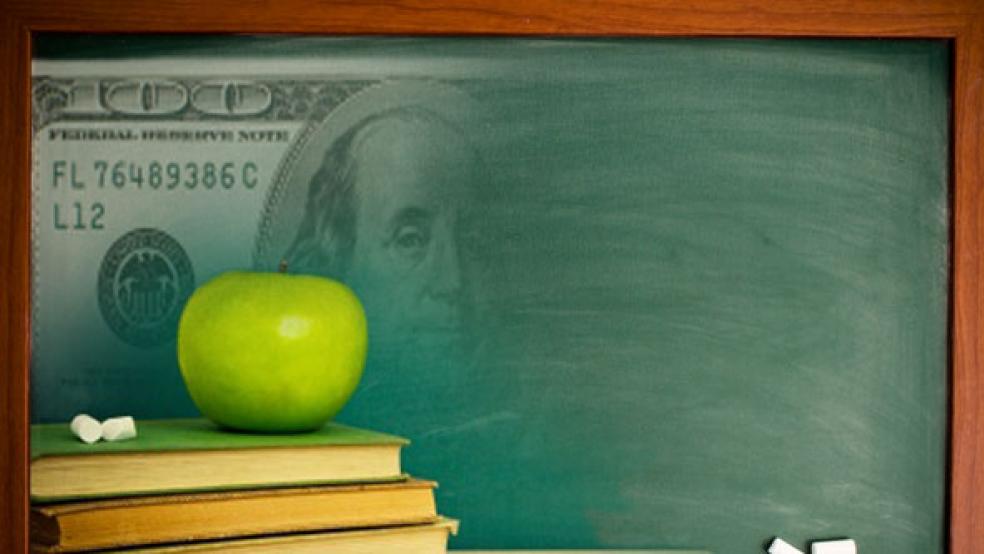Higher education in the U.S. is at a critical point – costs and tuition continue to rise, while state and federal support decline, and last week, Moody’s Investors Service adjusted its outlook on the entire U.S. higher education system from stable to negative – a warning sign that something needs to change.
RELATED: Students Are Fleeing Liberal Arts – How It Could Hurt the U.S.
On Tuesday, data for state budget allocations to higher education for the 2013 fiscal year were released by the Grapevine Project at Illinois State University, which has been tracking state appropriations for higher education since 1960; while overall, state support was more promising than in FY 2010-2011 when budgets were slashed by 7.5 percent nationwide, state spending on higher education fell by 0.4 percent this year, with 16 states cutting spending.
Though the budget slashing has slowed, total fiscal support (factoring in federal stimulus money) is still 10.8 percent lower this year than before the recession, and since 2008, 38 states have cut their post-secondary education budgets, with some like Arizona, cutting a whopping 36.6 percent over that time.
“Barring a further downturn in the economy, the relatively small overall change from FY12 to FY13 suggests that higher education may be at the beginning stages of a climb out of the fiscal trough caused by the last recession,” writes James C. Palmer, editor of Grapevine, in the press release. “But full recovery to prerecession levels of state support is likely to be a long-term process.”
As enrollments drop along with state and federal support, colleges and universities will have to find ways to lower their expenses and reengineer their administrative costs, which have ballooned in the last few years.
This year, Florida takes the largest blow to its higher education spending, with an 8 percent cut, with Alabama coming in next with a 6 percent slash. Though 18 states actually increased their spending this year, 16 of those increases were by less than 2 percent – barely keeping up with inflation.
“We’re not back to pre-recessionary levels by a long shot. But if the economy picks up, I do think state revenues to higher education will pick up as well,” says Palmer. “People still want to go to college and state policymakers still want their constituents to have the opportunity to go to college.”
RELATED: Will Online Education Widen the Income Gap?
While Palmer sees state spending coming back in the long-term, in the short-term, universities that depend on state support are going to have to look elsewhere to make up the difference – that could mean more fundraising from private individuals or institutions, or asking more from students and their parents through tuition dollars.
The problem with tuition increases, according to the Moody’s outlook report, is that household income is strained and more families are choosing lower-cost options like community colleges and colleges close to home. Nearly half of all universities reported lower enrollment for fall 2012, lowering tuition revenue for many.
They could also cut costs in a variety of ways - campuses within public university systems could also start consolidating, administrative services could merge, class sizes could increase, departments could be eliminated – no one is quite sure what the perfect formula is, but what the Moody’s report makes clear is that the entire business model of traditional universities needs to be examined. “Universities have made some steps toward cost containment,” says Moody’s spokesperson David Jacobson, “but it may be time for them to start thinking more like a private corporation in terms of how they want to address their expenses.”





